By Peter van Alfen for American Numismatic Society (ANS) ……
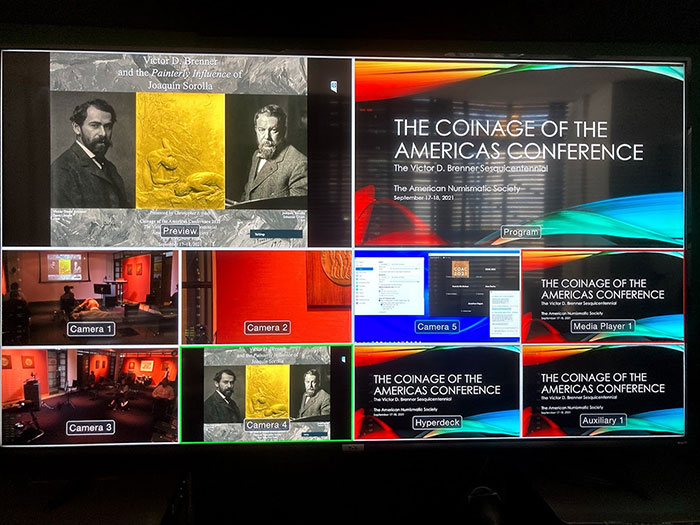
After a hiatus of a dozen years, this last Friday and Saturday (17–18 September) saw the resumption of the Coinage of the Americas Conference (COAC) series at the American Numismatic Society (ANS). Since the mid-1980s, COACs have been one of the leading venues for the presentation of academic research pertaining to numismatics of the Western Hemisphere. Previous conferences, and their published proceedings, have covered topics on colonial and federal coinages and medallic art in the United States.
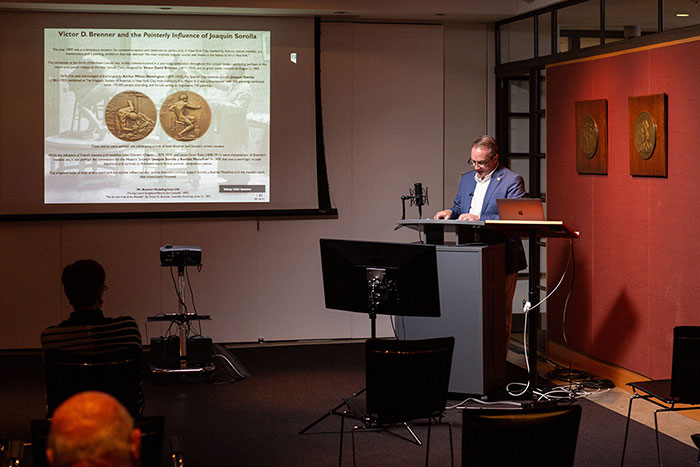
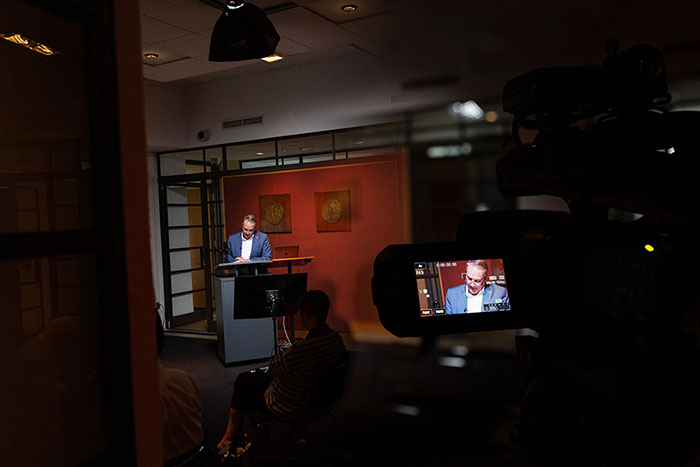
Thanks to the sponsorship of the Resolute Americana Collection and the Stack Family, ANS Assistant Curator Dr. Jesse Kraft’s efforts to revive the series this year were successful. Along with conference co-organizers Scott Miller (ANS Fellow) and Patrick McMahon (MFA Boston), Dr. Kraft decided to commemorate the sesquicentennial of Victor David Brenner’s birth with two days of papers devoted to the artist’s life and works.

Born in 1871 in what is now Lithuania, Brenner initially followed in the family business of jewel engraving before immigrating to the United States in 1890. After studying in both the United States and, most notably, in Paris with famed French medallic artist Oscar Roty, Brenner quickly positioned himself to become one of the foremost medallists working in New York City, the center of US medallic art. Brenner’s most well-known artwork is, undoubtedly, the Lincoln cent of 1909, which remains in production today; with over 450 billion examples produced in the 112 years since it was introduced, it is the most reproduced piece of art in human history. While it is known that Brenner created a significant body of work beyond the Lincoln cent, much of his other work has been overshadowed by this single piece.
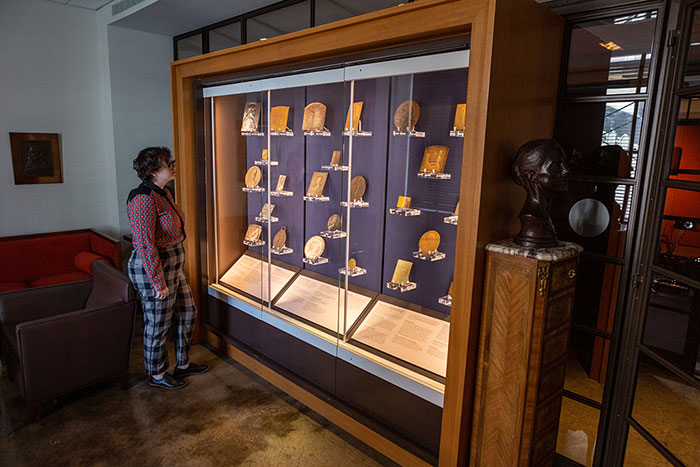
Many of the papers in this year’s COAC sought to explore the full range of Brenner’s work, and these efforts were quite informative. By the end of the conference, the trajectory of Brenner’s career, before his life was cut short in 1924 by cancer, came into clearer view. Always pushing himself to obtain greater skills, Brenner explored a number of techniques and styles in medallic art production, more perhaps than many of his contemporaries, designing over 200 medallic works of art throughout his 35-year career.
At the same time, towards the end of his career, he seemed to have been making an attempt to move decisively away from medallic art towards larger bas-relief and sculpture in the round. His largest artwork, and one of his more successful, is the Mary Schenley Memorial Fountain in Pittsburg, Pennsylvania, also known as A Song to Nature.
Significantly, his career path was, in many ways, opposite that of his contemporaries: he began as an engraver of small objects moving towards larger sculpture while others started with larger works before attempting medallic art. Curiously, however, after his success with the 1909 Lincoln cent, Brenner’s career never really took off in the way that that associated with the doyenne of US sculpture Augustus Saint-Gaudens did; indeed, Brenner was never part of the Saint-Gaudens circle. To the end, Brenner remained something of a struggling artist, designing and producing a number of different sculptural objects, including bookends and wall fountains, many of which were only recently identified and attributed to Brenner by some of the conference speakers. The proceedings of the conference are expected to be published by the ANS in the coming year. In the meantime, a video recording of the conference will soon be available on our YouTube channel. A list of the speakers and their papers can be found here.

One final note: this year’s COAC also marked a significant change in the way that the ANS will, in the future, host and present conferences. After a substantial investment in new equipment and thanks to the efforts of Ben Hiibner and Alan Roche, this year’s COAC was a fully hybrid event, simultaneously live and virtual. Those unable to attend in person were able to participate both as speakers and audience members via Zoom. Such hybrid events will continue to allow us to reach a greater proportion of our membership as we resume our usual schedule of events, talks, and conferences.
* * *
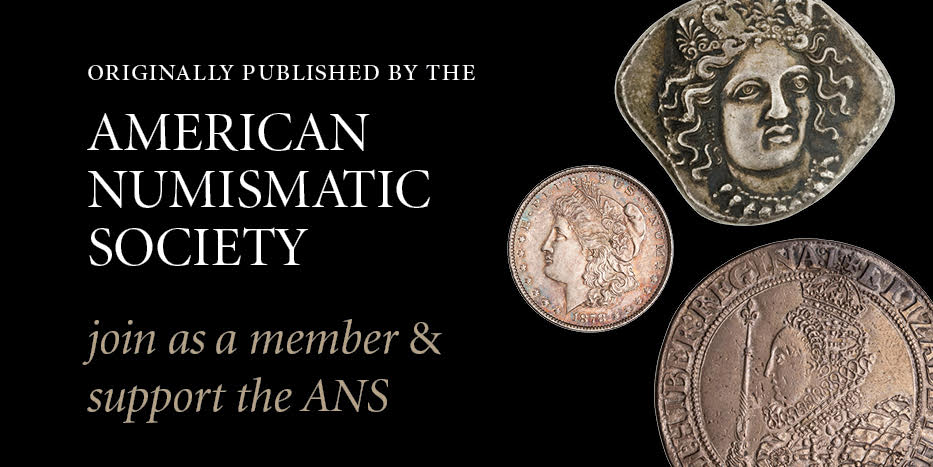





I have. An 1776, 1976 quarter. With. No Denver. Mark. On. It does it have. Value
Yes. 25¢. Your coin is one of 809,784,016 Bicentennial quarters struck at Philadelphia. Remember, except for the famous “war nickels” of late 1942 through 1945, Philadelphia didn’t use a P mint mark until 1979/80.
Bicentennial quarters still turn up in change with some regularity even though a lot of them were saved at the time. Roy Ahr’s drummer-boy image is one of my favorites; I wish the Mint had continued it after the celebrations ended but oh well…
P.S. the “.” key on your keyboard appears to be malfunctioning ;)